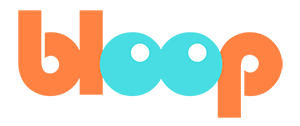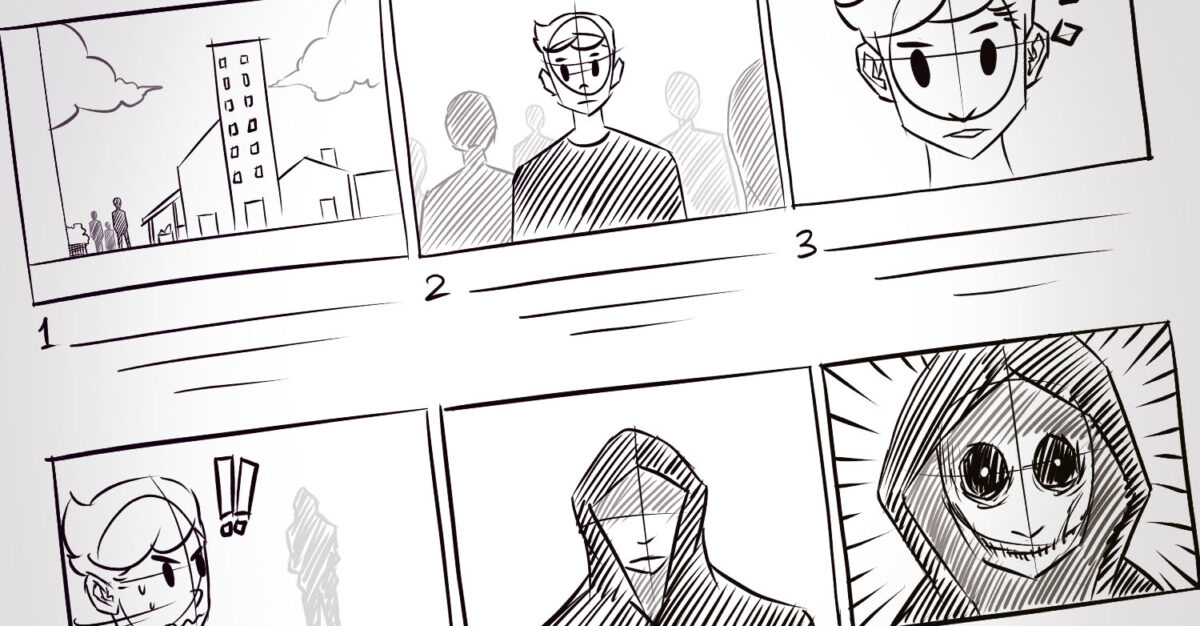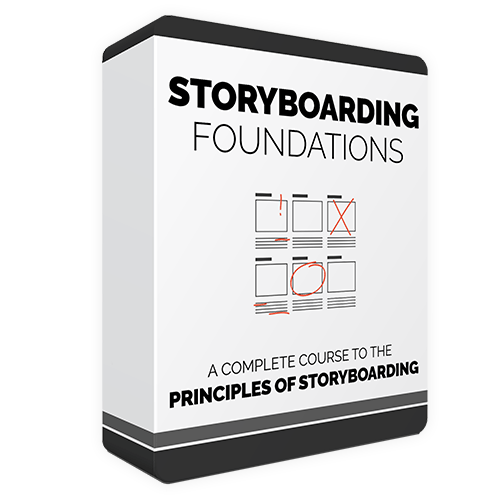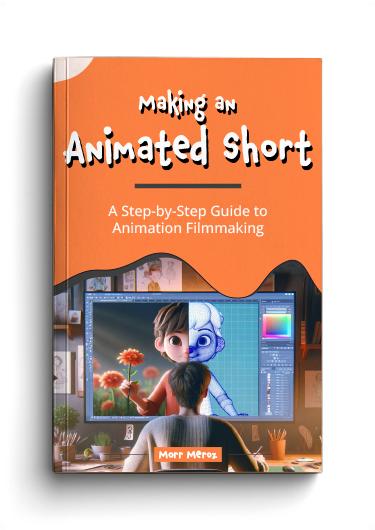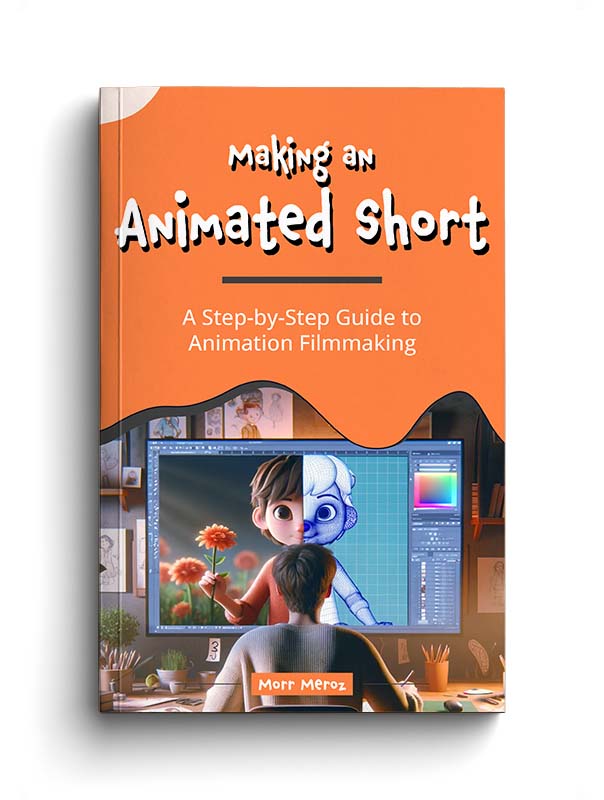If you’re interested in pursuing a career in film or animation, you’ll quickly discover that storyboarding is an essential part of the process. But what exactly is storyboarding?
What is a storyboard?
Storyboarding is a preproduction tool consisting of a series of images, usually drawings, with descriptions that depict everything intended to happen, moment by moment over the course of a piece of visual media. It’s a tool used to reduce uncertainty in the filmmaking process, making it easier for everyone involved to work towards the same goal.
The storyboard is not an end product in and of itself. Rather, it’s a tool used by the director and other collaborators to make important decisions ahead of time, before expending a lot of resources. The storyboard serves as the blueprint for the rest of the piece, providing a clear vision of what the final product should look like.
There are numerous ways that storyboards are used, depending on the pipeline of the production. In a live-action production, for example, the storyboard might be used by the director and the director of photography to help create a final shot list. For animation, the storyboard is used by animators to pull poses and acting ideas for the character, and by background artists to determine how many backgrounds need to be created.
But perhaps the most important function of the storyboard is to communicate the director’s vision to everyone else. Maintaining the vision of the final product is the job of the director, and storyboards are a vital tool in achieving that goal. The storyboard artist works closely with the director to make sure everyone else’s job is easier by reducing uncertainty. This requires the storyboard artist to have support storytelling skills and to understand filmmaking inside and out.
If you’re interested in pursuing a career in storyboarding, it’s important to have a strong foundation in filmmaking and a good understanding of visual storytelling. Our Storyboarding Foundations course is an excellent place to start. In the course, you’ll learn the terminology used to describe different types of shots and get to look at some examples. By the end of the course, you’ll have a newfound appreciation for how much careful consideration and creative decision making goes into the storyboarding phase of making a film or animation.
Wanna take storyboarding to the next level?
Master the storyboarding process, and take the next steps to your storyboarding career with our storyboarding course.
As filmmakers, we’ve designed this 54 lessons course to be tailored specifically for aspiring filmmakers. Animation, live action or TV. No previous experience needed.
The storyboarding process
The process of storyboarding varies depending on the scope, complexity, and timeline of the project. Different studios will have different expectations, and the level of detail required in the drawings can vary significantly. Some specific questions that storyboard artists may have include how polished the drawings should be, how many panels are needed, and how accurate the characters need to be. The answers to these questions depend on the type of production they are working on.
For example, a live-action feature production may want boards that double as concept art, which requires a higher degree of polish. In contrast, an animated production may prefer looser boards but require accurate character models. In television animation, boards must be very clean and detailed, with many poses and instructions to avoid animation errors. Additionally, animation storyboards require more panels than live-action storyboards, as the latter relies on the actor to provide the performance.
The storyboarding process is affected by other departments working in parallel. Often, character and prop designs are finished before the storyboards, and they need to be incorporated into the drawings. Alternatively, storyboard artists may need to improvise to stay on schedule. In some TV animation productions, the process is radically different. In board-driven shows, the writers provide outlines, leaving the storyboard artist to come up with visual gags and dialogue to connect plot points.
Regardless of the production, the key skills for a storyboard artist are great drawing skills and great visual storytelling skills. Adaptability to different productions is also essential. The goal of storyboarding is to balance speed with the needs of the next person who will be using the board. In animation, the next person is the layout artist, who takes the boards and converts them into a proper starting point for the production.
A good baseline process for storyboarding begins with reading the script and breaking it down into shots using a super loose thumbnail pass. Next, the artist creates a rough pass of the final board, which is reviewed and polished as necessary to make it clear and useful for the next phase of production. Pitching is another essential skill, which involves presenting and performing the boards to test whether the story is working or not. Finally, the boards are converted into an animatic, which is a video version of the board with the images timed out to the dialogue and sound, giving a close approximation of what the final product will look like.
Storyboard structure
To make the storyboarding process easier, there are various storyboard templates available, and artists have their own preferences for formats. You can check out our own free templates here.
These templates can be printed or opened with Photoshop, and they come in different sizes, depending on the type of storyboarding you need to do:
- Thumbnail Board – A small board for quick and loose sketches with space underneath for notes.
- Flexible Board – A more detailed board for more in-depth drawings that is flexible for general use.
- Professional Board – A board that is best for longer projects, such as a TV episode, with space for important details like the name of the company, the title of the production, the artist’s name, and a place for a scene name if there is one.
Making an Animated Short (FREE ebook)
A free ebook covering the process of making an animated short film from start to finish.
